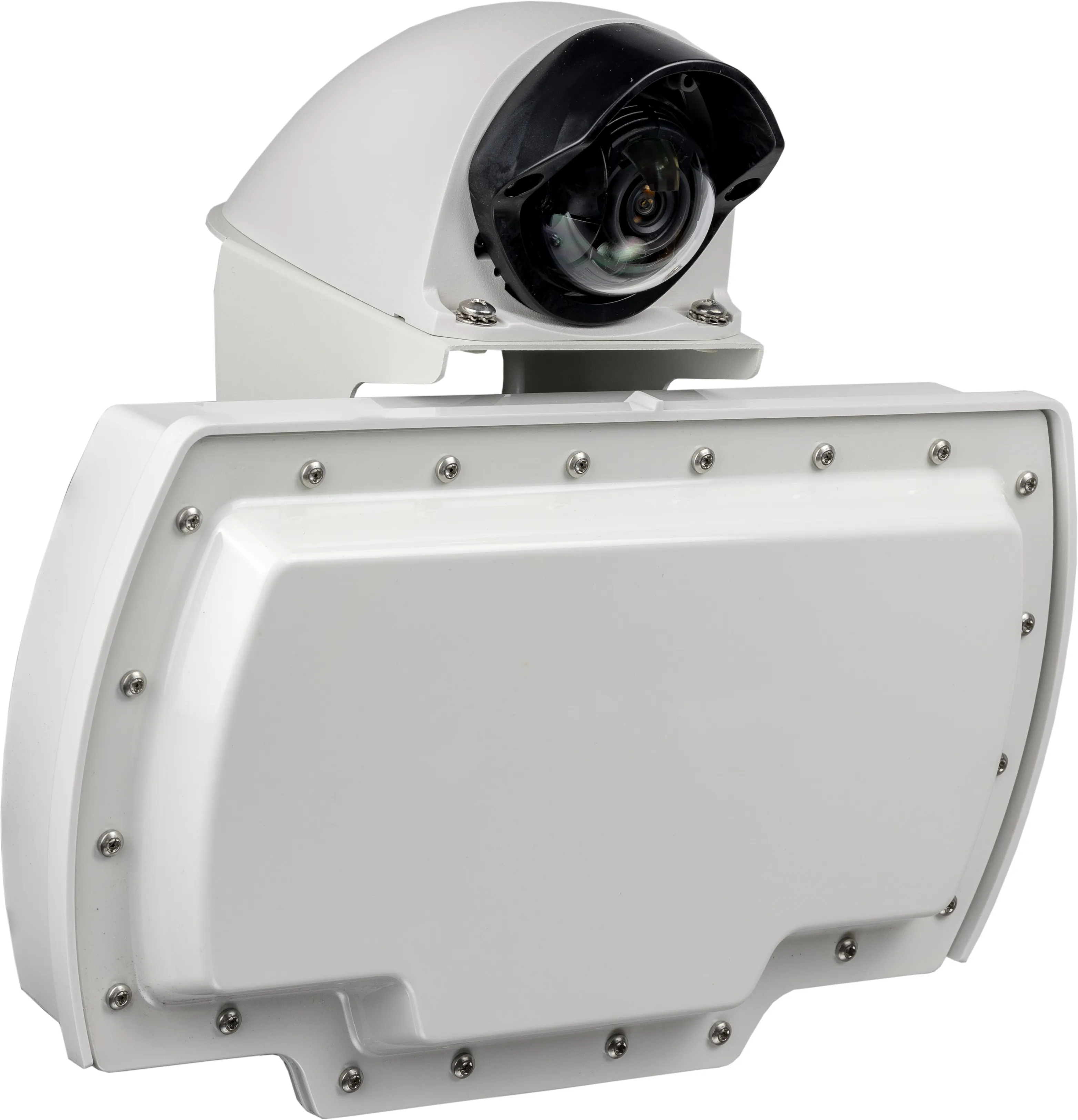Image Sensing Systems (ISS) has announced results for its second quarter and first half ended 30 June 30 2017. ISS’s revenue for the first half of 2017 was US$6.6 million, a 17 per cent decrease from revenue of US$7.9 million in the first half of 2016. Sales gross margin for the first six-months of 2017 was 78 per cent, a two per cent increase from the prior year period. The increase in gross margin was the result of a higher percentage of revenue from royalties, improved product sales gross margin and a
August 11, 2017
Read time: 2 mins
ISS’s revenue for the first half of 2017 was US$6.6 million, a 17 per cent decrease from revenue of US$7.9 million in the first half of 2016. Sales gross margin for the first six-months of 2017 was 78 per cent, a two per cent increase from the prior year period. The increase in gross margin was the result of a higher percentage of revenue from royalties, improved product sales gross margin and a decrease in the warranty reserve recorded in the first six-months of 2017. Revenue from royalties was US$3.5 million in the first six-months of 2017, compared to $4.0 million in the same period in 2016, a 12 percent decline. Product sales were US$3.1 million in the first half of 2017, a 22 per cent decrease from US$3.9 million in the first half of 2016.
The first six-months of revenue for 2017 included
"The soft second quarter royalty reflects a decrease in Autoscope Vision sales as the early adopters deployed and are evaluating the product prior to larger scale deployments," said Chad Stelzig, CEO for ISS. "We have been closely tracking any installation issues and are working with our partner
"Econolite recently announced the award of a 300-intersection traffic signal upgrade program in Miami-Dade County that will include Autoscope Encore video sensors," said Chad Stelzig. "The Autoscope sensors will provide the vehicle detection information required to accomplish adaptive signal control along 12 congestion management corridors. It is exciting to see Autoscope recognised as a core component to an infrastructure modernisation project that will help reduce congestion, travel time and emissions," concluded Stelzig.








